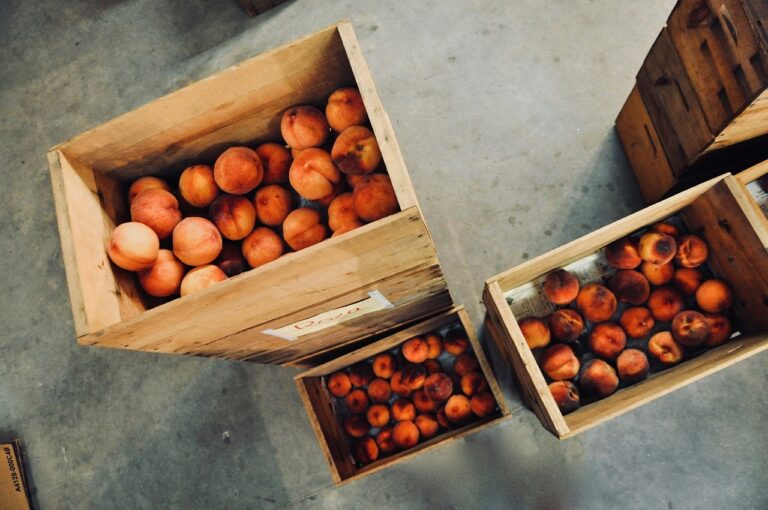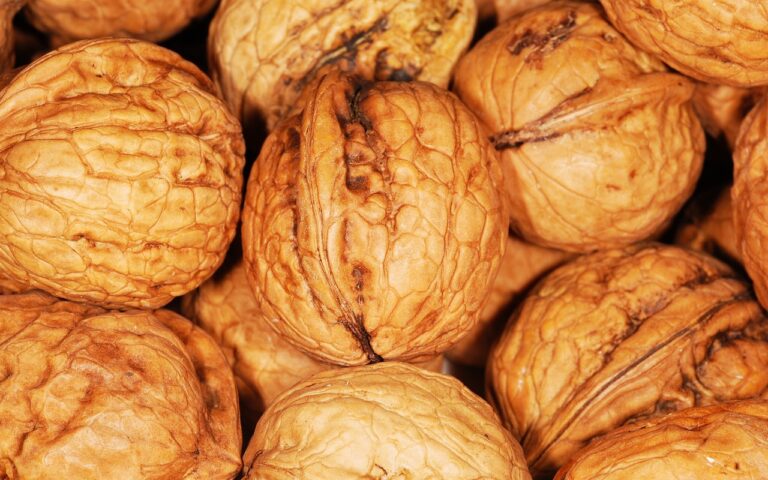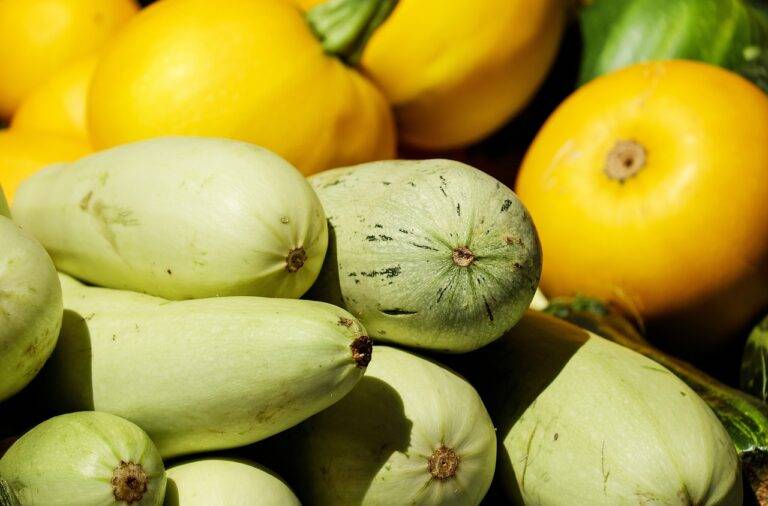Food Waste Reduction Strategies for Restaurants and Grocery Stores
Food waste in commercial kitchens can stem from a variety of sources. One common culprit is overproduction, where more food is prepared than the demand requires. This excess food often ends up uneaten and discarded, contributing to food waste. Another source of food waste is improper storage practices, leading to spoilage and deterioration of products before they can be used.
In addition to overproduction and improper storage, food waste can also result from inefficient menu planning. Menus that include ingredients that are not frequently used or rotated can lead to ingredients expiring before they are used, contributing to waste. Another significant source of food waste is portion control, where large portion sizes result in uneaten food being thrown away.
Overproduction: preparing more food than needed
Improper storage practices: leading to spoilage and deterioration
Inefficient menu planning: including ingredients not frequently used
Portion control: large portion sizes leading to uneaten food
Implementing Inventory Management Systems
Inventory management systems play a crucial role in the efficient operation of food establishments. By utilizing digital tools to track stock levels, expiration dates, and purchasing patterns, businesses can minimize food waste and optimize their resources. These systems provide real-time data that allows for better decision-making when it comes to ordering and menu planning.
Implementing an inventory management system can also contribute to cost savings in the long run. By accurately monitoring inventory levels, businesses can reduce the risk of overstocking or running out of essential ingredients, which can lead to financial losses. Additionally, having a clear overview of stock levels can help streamline operations and improve overall efficiency in the kitchen.
Utilizing Food Preservation Techniques
Food preservation techniques play a crucial role in reducing food waste and extending the shelf life of various food items. Canning is a popular method that involves heating food in airtight containers to kill bacteria and prevent spoilage. This technique is commonly used for preserving fruits, vegetables, and even soups for long-term storage.
Another effective method is drying or dehydrating food, which involves removing water content to inhibit the growth of bacteria and mold. This technique is ideal for preserving herbs, fruits, and vegetables, allowing them to last much longer than their fresh counterparts. By utilizing these food preservation techniques, individuals and businesses can minimize waste and make the most of their food resources.
What are some common sources of food waste in a kitchen?
Common sources of food waste in a kitchen include overproduction, spoilage, improper storage methods, and incorrect portioning.
How can inventory management systems help in reducing food waste?
Inventory management systems can help in reducing food waste by providing real-time tracking of inventory levels, allowing for better forecasting of demand, and enabling more accurate ordering of food supplies.
What are some food preservation techniques that can be utilized to extend the shelf life of food?
Some food preservation techniques that can be utilized to extend the shelf life of food include canning, freezing, pickling, fermenting, and drying.
How can proper food preservation techniques help in reducing food waste?
Proper food preservation techniques can help in reducing food waste by preventing spoilage, extending the shelf life of food items, and allowing for the utilization of excess produce.
What are some tips for effectively implementing food preservation techniques in a kitchen?
Some tips for effectively implementing food preservation techniques in a kitchen include following proper sanitation practices, using high-quality storage containers, labeling and dating preserved items, and monitoring inventory levels regularly.







